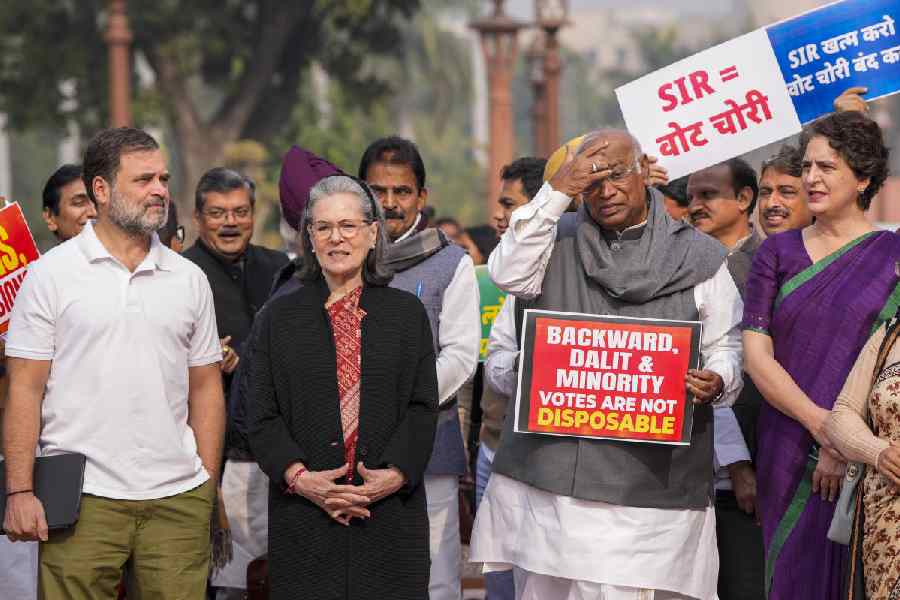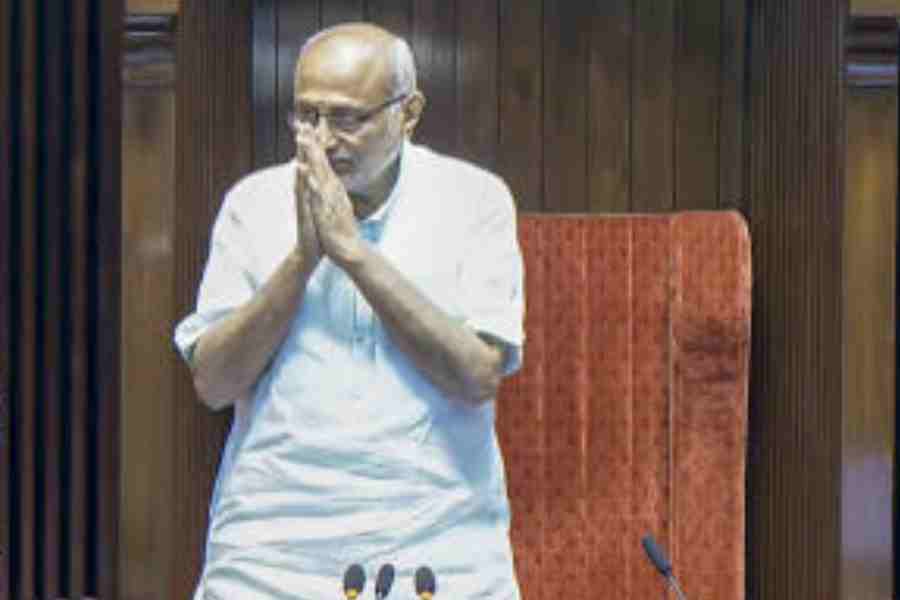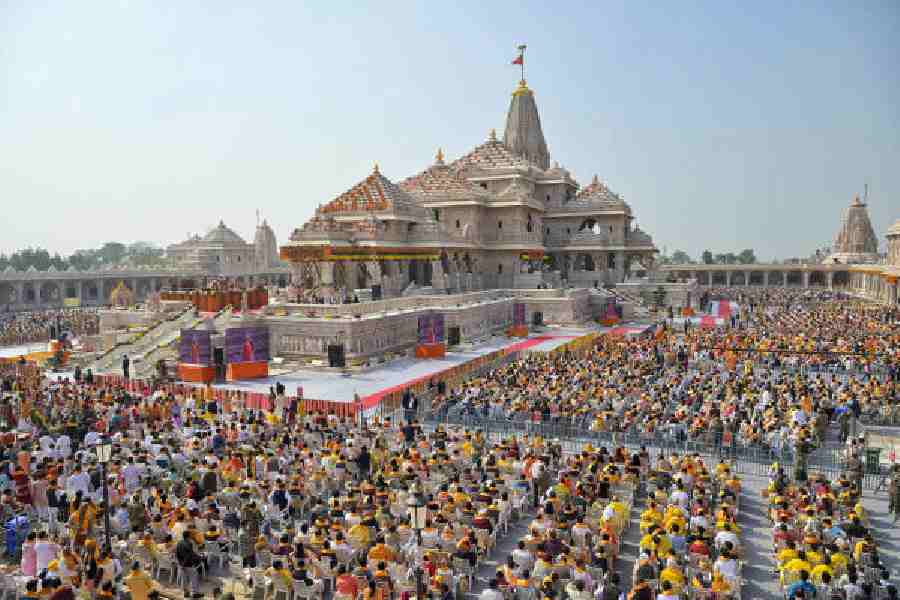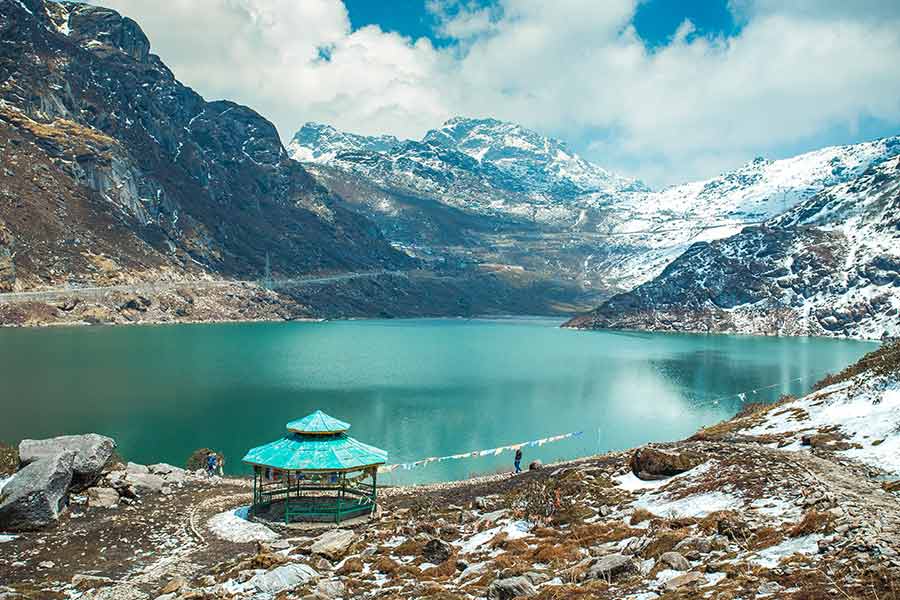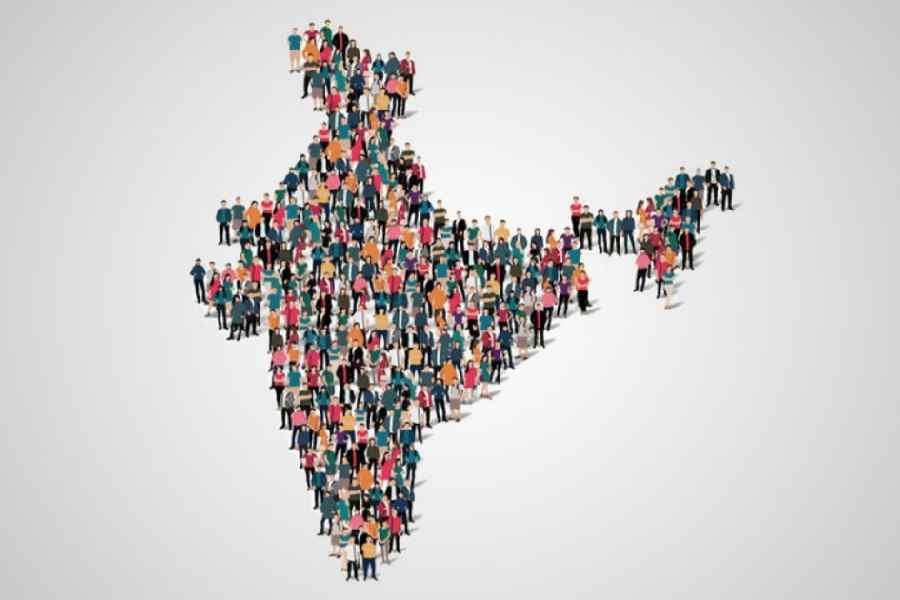 |
New Delhi, Sept. 5: Ten days before they got married, physicists Sanjukta Roy and Saptarishi Chaudhuri gave themselves what they consider was their best wedding gift — and physicists across India may have reason to celebrate.
The researchers at the Tata Institute of Fundamental Research, Mumbai, led by physicist C.S. Unnikrishnan, have produced for the first time in India an exotic state of matter, first predicted 82 years ago by Albert Einstein and Satyendra Nath Bose.
The TIFR scientists used magnetic fields and lasers to cool atoms to an extremely low temperature — a whisker above minus 273.15 C, or absolute zero — and created a Bose-Einstein Condensate (BEC), sometimes called the fifth state of matter.
Physicists Eric Cornell, Carl Wieman, and Wolfgang Ketterle in the US beat the world to a BEC in 1995 — for which they got the Nobel Prize in 2001. Since then, dozens of laboratories across the world have produced BECs. None in India.
“It’s nice to — finally — have a BEC in the land of Bose,” said N. Kumar, a senior physicist and Homi Bhabha distinguished scientist at the Raman Research Institute, Bangalore, who was not associated with the project.
“This is a very challenging experiment to carry out. And the challenge is not diminished by the fact that it’s been done elsewhere earlier,” Kumar told The Telegraph.
Unnikrishnan and his students cooled atoms of a gas called rubidium to such a low temperature that a cluster of some 100,000 atoms behaves as a single “superatom”. And each atom dances in synchrony with every other atom -- the hallmark of BEC.
The BEC concept was proposed by Einstein in 1925, drawing heavily on ideas that Bose had sent him in a research paper. “We were strongly motivated to have a BEC in the land where the idea originated — we didn’t want to delay this further,” said Unnikrishnan.
“But a BEC is also an object of desire for the physics community. Interest in this field has grown enormously,” he told The Telegraph.
A BEC has only a fleeting existence — barely a few seconds. The ultra-cold atoms need to be confined in special “traps” created by either magnetic fields or lasers and maintained in ultra-high vacuum. Any contact with air will destroy a BEC.
Unnikrishnan — an experimental physicist at the TIFR for two decades — managed to infect both Roy and Chaudhuri with his enthusiasm for the possibilities of experiments with lasers and super-cooled atoms.
They spent a year, struggling to cool the atoms in just the right way to realise a BEC. It finally happened on the night of January 18 this year — only ten days before Roy and Chaudhuri got married on the 28th.
“We were to keen to get the (BEC) signal before we left,” Roy told The Telegraph. In recent weeks, the researchers have repeated the feat, each time trying to get a cleaner and more reliable signal than before.
“A BEC is an excellent tool to test physics theories and do interesting experiments,” said Unnikrishnan. The TIFR work on BEC will appear in a forthcoming issue of the Journal of Physics Atomic and Molecular Physics.
“This will open up opportunities in India to manipulate this state of matter,” said Vasant Natarajan, a physicist at the Indian Institute of Science, Bangalore, who specialises in cold atom physics.
But Natarajan cautioned that meaningful experiments with BEC might be difficult. The easiest experiments — the low-hanging fruits on the BEC tree as one physicist had put it — are already taken. “But this will help India plunge into the race.”
The four common states of matter are solid, liquid, gas and plasma — the hot material found in the sun. Some scientists have called BEC a fifth state of matter — a state in which atoms are at their lowest energy state possible.
While most BECs in the world are confined within magnetic fields, the TIFR team used lasers to create and trap the BEC in a high vacuum stainless steel-glass chamber. The first optically-trapped BEC was produced by scientists at the Georgia Institute of Technology in the US in 2001. But only five or six other laboratories have used this strategy since then.





